Description
Photos courtesy of Akorn Destination Management
This 10 day itinerary by luxury rail encompasses the highlights of London, Paris and Brussels with visits to Windsor, Kew Gardens, Paris, Vaux le Vicomte, Brussels.
Most visitors to England arrive in the capital London. Its wealth of sights, stores, restaurants and theatres is world famous, offering visitors countless iconic attractions to explore. The surrounding countryside of southern England has a gentle landscape with country lanes, rolling hills and shimmering fenlands interspersed with historic cities such as Oxford, Cambridge and Bath.
After lunch at leisure, continue to the South Bank of the Thames in London. Here, two of London’s newest and most exciting exhibitions are located. The Old Bankside Powerstation is home to the Tate Modern Gallery. You will see many of the interesting works of contemporary art on display here. You will also visit the Sam Wanamaker’s reconstruction of Shakespeare’s Globe Theatre that stands alongside The Thames. Tour the exhibition dedicated to the Elizabethan stage and then visit the theatre itself.
London has a history dating back over 2,000 years and is one of the largest cities in Europe, offering a world of charm and sophistication. Visit The Tower of London and Tower Bridge, which is one of the most recognisable bridges in the world, standing gracefully on the River Thames. The Houses of Parliament are situated alongside Westminster Abbey in Parliament Square. Buckingham Palace became a Royal Residence in 1761 when George III purchased it. Queen Victoria was the first Monarch to reside at the Palace in 1837.
Later today, head back towards London to visit the Royal Botanical Gardens at Kew. The gardens today present an enjoyable mix of landscaped lawns, formal gardens, and greenhouses. The various greenhouses display plants from across the world in climate controlled environments, while Kew Gardens Gallery houses art and photographs illustrating botanical themes. Queen Charlotte’s Cottage (open only in summer) is a pretty summerhouse lying alongside a lake. The Chinese Pagoda is arguably Kew’s most recognizable structure. The Grass Garden has over 600 varieties of grasses.
Spend a half-day in the company of your guide and discover the Marais, one of Paris’s most historic and well-preserved districts. Once a favourite of Henri IV and Louis XIII, the bourgeois district fell to ruin after the Revolution in 1789, but began its revival in the 1960’s, having escaped the mass redevelopment of the city during the mid-nineteenth century. Nowadays the Marais is a lively neighbourhood with plenty of bars, boutiques and Paris’ Jewish community. Explore the district’s narrow streets, dotted with splendid mansions and other examples of Medieval and Renaissance architecture. Stroll on the Place des Vosges, formerly called Place Royale before the Revolution. This square is lined with pink brick and covered arcades, and is a unique example of early seventeenth-century architecture. One of France’s most famous writers, Victor Hugo, wrote a large part of “Les Misérables” whilst he lived here from 1832 to 1848.
France is permeated with style and joie de vivre! The French claim credit for developing the Gothic style of architecture and cathedrals that stand as legacies of soaring stone for future generations. Creators of everything from palaces o subway stations, painting, literature, cuisine, fashion and savoir-faire, France’s contribution to culture is unsurpassed.
The Arc de Triomphe is probably one of Paris‘ focal points, also known as the Etoile. It is the site of the grave of the Unknown Soldier and stretches into one of the most famous boulevards in the world, the Champs Elysees. Of course, the most famous symbol of Paris is the Eiffel Tower, named after the engineer who designed it, Gustave Eiffel, while Notre Dame ranks as one of the world’s most famous places of worship. The Paris Opera in its day was the largest theatre in the world with a stage that could accommodate 450 performers. The vast Louvre is the world’s largest palace and greatest museum, showcasing the Mona Lisa and Venus de Milo.
Please note: Every Saturday evening from May through to October, Vaux le Vicomte can be visited by candlelight. Over 2,000 lit candles within the castle and its gardens create a romantic and magical atmosphere.t
This afternoon visit Versailles. Situated to the west of Paris, Versailles is the location of the vast palace that was constructed in the seventeenth century for Louis XIV, the ‘Sun King’. Housing up to 4,000 people, the palace was the glory of his 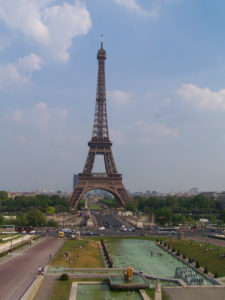 reign and the epicentre of political power in France at the time. It became the model for grand houses all over Europe.
reign and the epicentre of political power in France at the time. It became the model for grand houses all over Europe.
During your half-day tour, explore the complex network of rooms and apartments that make up this grand palace, including the Gallery of Palace History, Apartments of Mesdames (the six daughters of Louis XV) before touring the opulent Grand Apartments – a collection of seven prestigious and lavishly-decorated rooms, all named after Roman Gods, which served as a parade apartment for the King’s official acts. Your tour culminates in the magnificent Hall of Mirrors. Afterwards, take a stroll in the formal ornamental gardens and see the Grand Canal that stretches into the distance across the park.
After lunch continue to the famous Musée D’Orsay, housed in a converted railway station, this collection’s main attraction is the Impressionists: Renoir, Sisley, Pissarro and Monet are all well-represented. The Post-Impressionist collection includes works by Van Gogh and Cézanne.
Time permitting you might like to visit the famous Latin Quarter. This area of Paris was made famous by the writers and intellectuals who held court here in the first half of the 20th century. Take a stroll around the back streets to see the lovely old houses which were once the home of artists. You will see the Sorbonne, Paris’s world-famous university founded in 1253 and also the Panthéon and its crypt.
The balance of the day will be yours to settle in or start exploring Brussels on your own.
The small country of Belgium offers visitors a wealth of history and culture, boasting delightful medieval towns and some of the world’s most famous artists such as Rubens and Van Dyck. The lively city of Brussels is the political centre of Europe. The country is steeped in history; from the architectural gems throughout the picture postcard towns of Ghent and Bruges to the fields of Flanders that were the scenes of many bloody battles during World War One. Belgium is also famous for its tasty food and drink such as its chocolate, mussels and traditionally brewed fruit beers. It is split linguistically with the official language being French but a large portion of the population speaking the local dialect of Flemish.
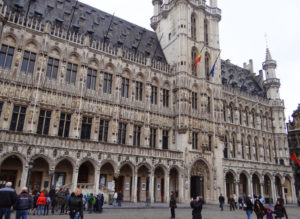 panoramic view of Brussels.
panoramic view of Brussels.
Brussels offers all that is the best of Europe: beautiful buildings, sumptuous museums, superb dining, excellent beers, exceptional chocolates, and handmade lace! Two quite distinct languages receive equal billing in this worldly city: Dutch, as spoken in the north of Belgium, and French, spoken in the south.
During most of its history, Brussels was dominated by foreign powers, beginning with the Romans, Vikings, Spain, France, Austria, England, and finally The Netherlands. Under the patronage of Philip of Burgundy in the 15th century and Charles V of Spain in the 16th century, Flemish painting, tapestry-work, and lace-making reached artistic excellence in Brussels. The famous Battle of Waterloo in which Napoleon was defeated took place some ten or so miles outside Brussels. By 1830 the Dutch were driven out and an independent nation-state of Belgium created, the first monarch, Leopold of Saksen-Koburg, being related to the English royal family.
The heart of Brussels is the Grand Place, an irresistible historic square as beautiful as any in Europe. It has a special charm on Sunday mornings when the square is transformed into a flower and bird market. Be sure to visit the 15th-century Town Hall, late 17th-century guildhalls, the City Museum as well as the Royal Museum of Ancient Art where the rich collection of Flemish and Dutch oil paintings is unrivalled. Among the many churches, Cathedral St. Michel, St. John the Baptist and Notre Dame de la Chappelle stand out as most important architecturally. Nearby is the famous Maneken-Pis, a bronze statue of a small boy watering the fountain. The statue is the celebrated mascot of the city, said to embody the rebellious spirit of Brussels.
Also visit the gardens of the Van Buuren Museum, a little jewel is the heart of Brussels. There is great harmony of style and time between the J Buyssens’s garden and the Art Deco house. The actual garden is made of 3 different gardens: the Picturesque Garden, The Labyrinth and The Garden of the Heart “. The Picturesque Garden was designed by a landscape architect, in the twenties, and represents the geometrical ideas of the Art Deco.
Alternatively, opt for a full-day excursion to Ghent & Bruges. Ghent is the principal seat of the county of Flanders and its medieval quarters and splendid castle are redolent of history. Bruges, a beautiful medieval city of canals, is often called the “Venice of the North”. Or if your travel schedule can be extended, we highly recommend you stay overnight a few days in each city.
Ghent
Filled with cathedrals and museums, Ghent is a city dating back to Roman times. It is now the capital of the province of East Flanders and one of Europe’s largest inland ports. It served as the principal seat of the Counts of Flanders and its massive castle dates from the 11th century. The Rembrandt moors in the centre of town near the church that houses the famous painting by Van Eyck, “The Adoration of the Mystic Lamb”. Ghent also claims the title “City of Flowers”, as it is surrounded by nurseries devoted to azaleas, rhododendrons and begonias.
Bruges
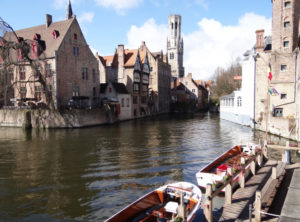 With its extensive system of canals and bridges, Bruges is often called the “Venice of the North.” The city, which has a population of 119,000 inhabitants and is the capital of West Flanders, was one of the most important cities of commerce from the 13th to the 15th centuries. Virtually surrounded by water which follows the course of the old fortifications, the town is linked by canals to the ports of Zeebrugge, Ostende and Ghent.
With its extensive system of canals and bridges, Bruges is often called the “Venice of the North.” The city, which has a population of 119,000 inhabitants and is the capital of West Flanders, was one of the most important cities of commerce from the 13th to the 15th centuries. Virtually surrounded by water which follows the course of the old fortifications, the town is linked by canals to the ports of Zeebrugge, Ostende and Ghent.
The beauty of the buildings, along with its famous lace and the wealth of art treasures, combine to make Bruges one of Belgium’s most popular tourist centres. The Halle dates from the 13th century and long served as the main market. Also from the 13th century, the Belfry is the finest in Belgium and the most prominent architectural feature of Bruges. The Basilica of the Holy Blood has a lower chapel dating from the 12th century, the upper from the 15th-16th centuries and the Stadhuis is the oldest Gothic Town Hall in Belgium, dating from 1376. Located on the central square, it’s a wonderful spot to sip tea or coffee in the afternoon. The Groeninge Museum contains the municipal collection of paintings, some of them late Old Masters and some works of the 19th-20th centuries. Opposite the museum is the early Gothic church of Onze Lieve Vrouwekek which traces its origins back to the 10th century.
Pacific Destination Center Europe Specialists are here to help personalize your holiday for the Most Memorable Experience – Just give us a call at 800-227-5317, or email us at info@pacific-destinations.com with your desired destinations and focused activity wish list, or special occasion celebration and we will get started on your personalized dream holiday.
Phone one of our Europe Specialists at 1-800-227-5317 to start planning your European Holiday now!
CST #2023415-40

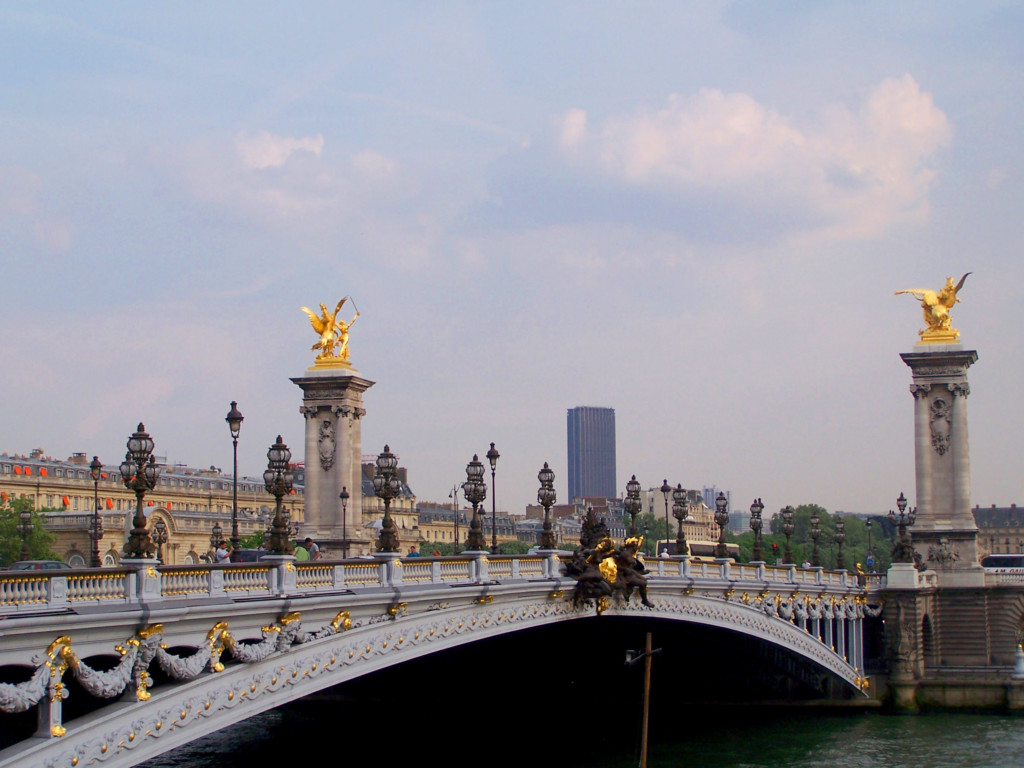
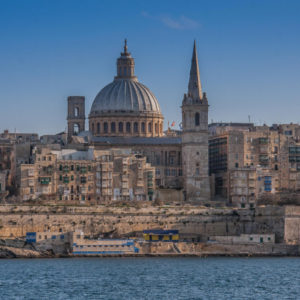
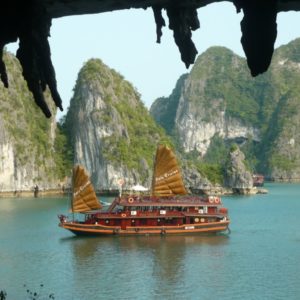
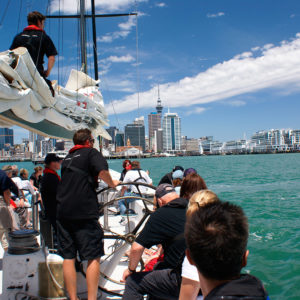
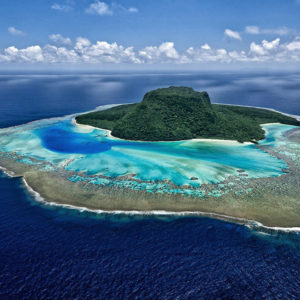
Reviews
There are no reviews yet.